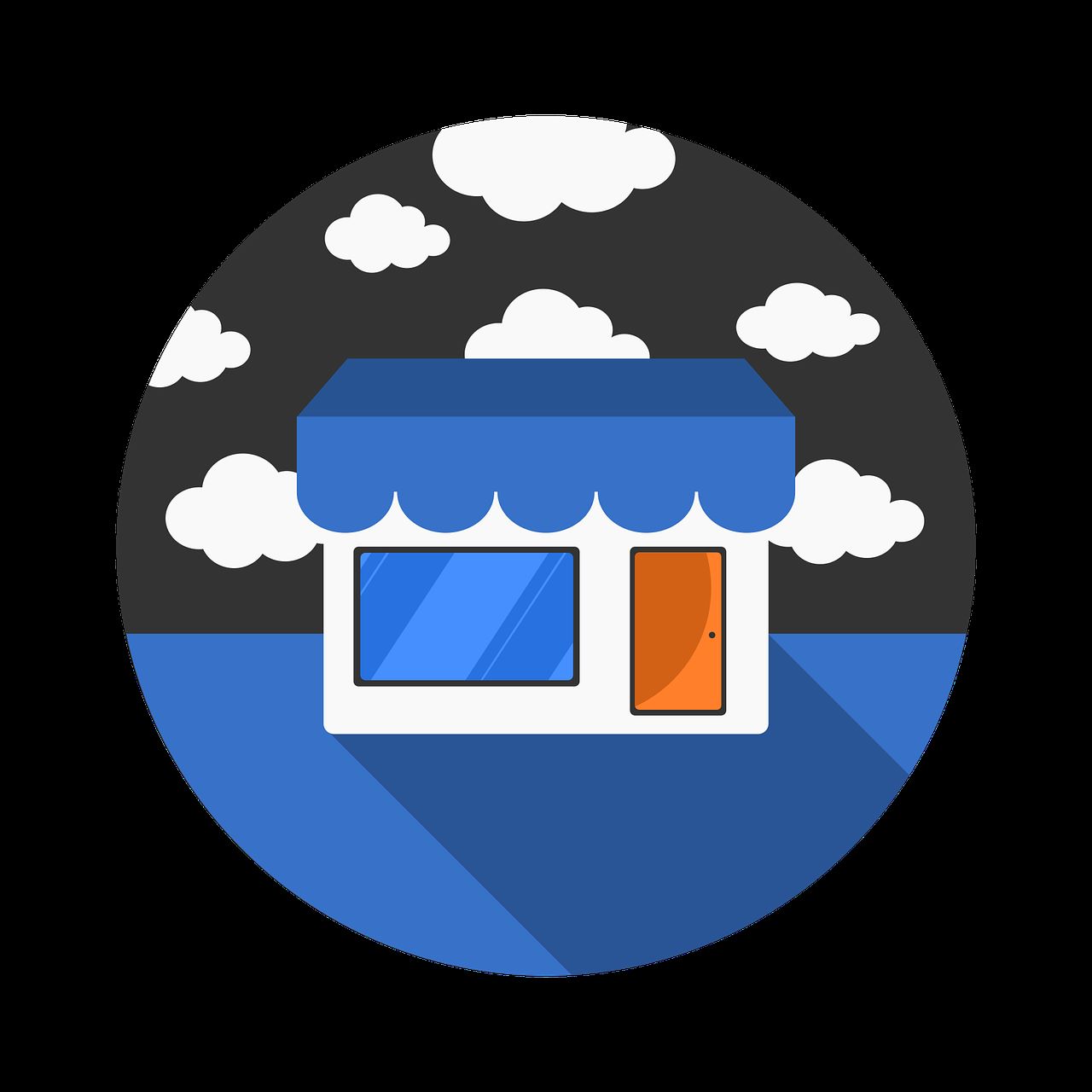In the digital age, the retail landscape has undergone a profound transformation, largely due to the advent and proliferation of online retailing.
This shift has not only changed how consumers shop but also expanded the avenues through which businesses can reach their customers.
Online retail, often synonymous with e-commerce, encompasses a variety of models, each catering to different market needs and consumer behaviors.
This article aims to clarify what online retail encompasses, breaking down its primary models: Business-to-Consumer (B2C), Business-to-Business (B2B), and Consumer-to-Consumer (C2C).
What is Online Retail?
Online retail, or e-commerce, refers to the buying and selling of goods and services over the internet.
It includes the transfer of information and money to execute these transactions.
From digital storefronts on websites to mobile apps and social media platforms, online retail takes many forms, enabling consumers to shop from the comfort of their homes or on the go.
This digital marketplace extends beyond mere transactions, encompassing product discovery, comparison shopping, customer reviews, and post-purchase services, thereby offering a comprehensive shopping experience.
The Primary Models of E-commerce
Business-to-Consumer (B2C)
The B2C model is the most recognized form of online retail, where businesses sell products or services directly to consumers.
This model mirrors the traditional retail experience but in a digital format.
Websites like Amazon and eBay, along with countless online stores from traditional retailers and startups, offer everything from books and electronics to groceries and clothing.
The B2C model thrives on providing convenience, variety, competitive pricing, and personalized shopping experiences through data analytics and targeted marketing.
Business-to-Business (B2B)
The B2B model involves transactions between businesses, such as manufacturers selling to distributors or wholesalers selling to retailers.
This model is characterized by higher order volumes, longer sales cycles, and complex decision-making processes.
B2B e-commerce platforms like Alibaba and ThomasNet facilitate these transactions, providing a marketplace for businesses to source products, materials, and services.
The growth of B2B online retail has streamlined supply chain operations, offering businesses efficiencies in procurement and inventory management.
Consumer-to-Consumer (C2C)
The C2C model allows consumers to sell goods or services to each other, typically through online platforms or marketplaces that facilitate peer-to-peer transactions.
eBay, Craigslist, and Etsy are notable examples, offering platforms for individuals to sell used goods, handmade items, and vintage finds.
The C2C model has democratized the selling process, enabling anyone to become a retailer without the need for significant upfront investment in inventory or infrastructure.
Evolving Models and Trends
Beyond these traditional models, the online retail landscape continues to evolve with hybrid forms and innovative approaches.
Models like Consumer-to-Business (C2B), where consumers offer products or services to businesses, and Business-to-Administration (B2A), involving transactions between companies and public administrations, are gaining traction.
Additionally, trends like social commerce, subscription services, and direct-to-consumer (DTC) brands are reshaping consumer expectations and the ways businesses operate online.
Online retail has transformed the commerce landscape, offering diverse models to cater to the varied needs of businesses and consumers alike.
By understanding the nuances of B2C, B2B, and C2C e-commerce, businesses can better strategize their online presence and leverage the opportunities these platforms provide.
As technology advances and consumer behaviors evolve, the world of online retail will continue to expand, offering new and innovative ways to connect buyers and sellers across the globe.













